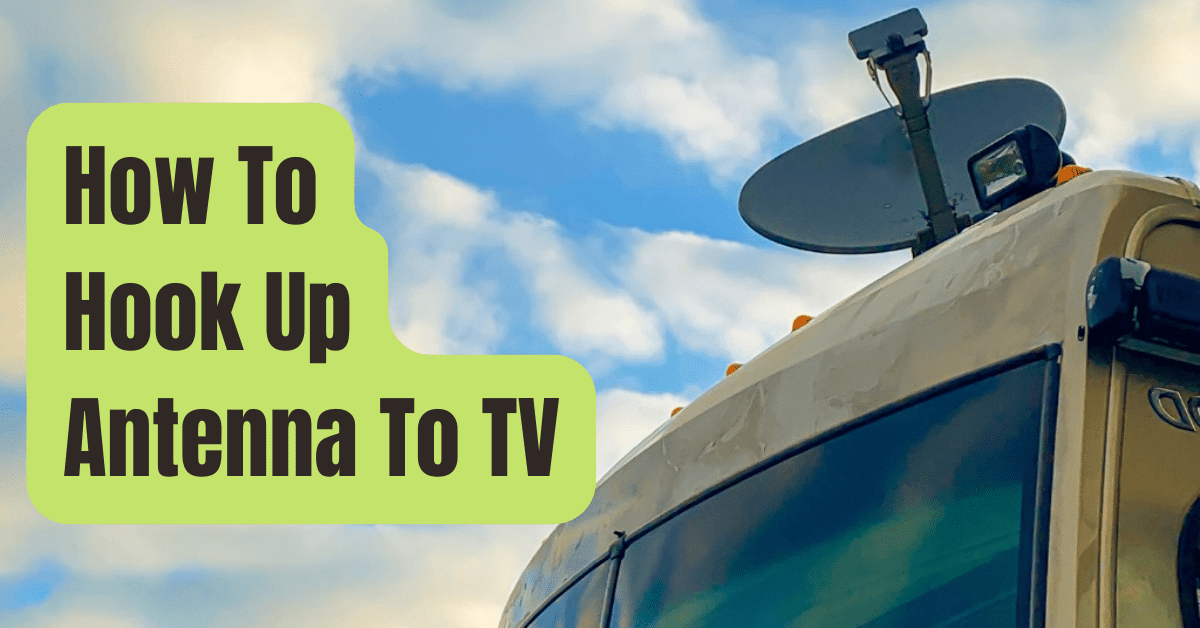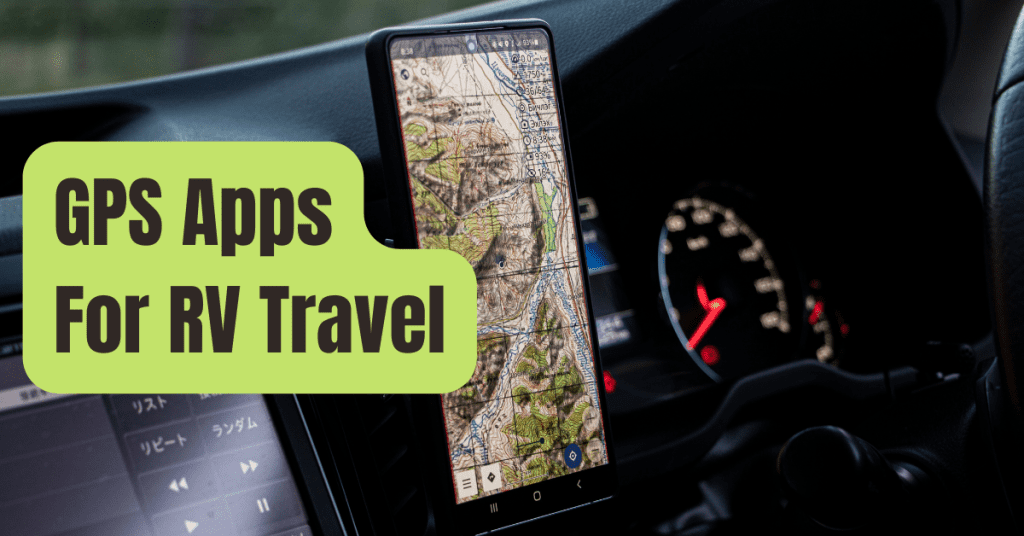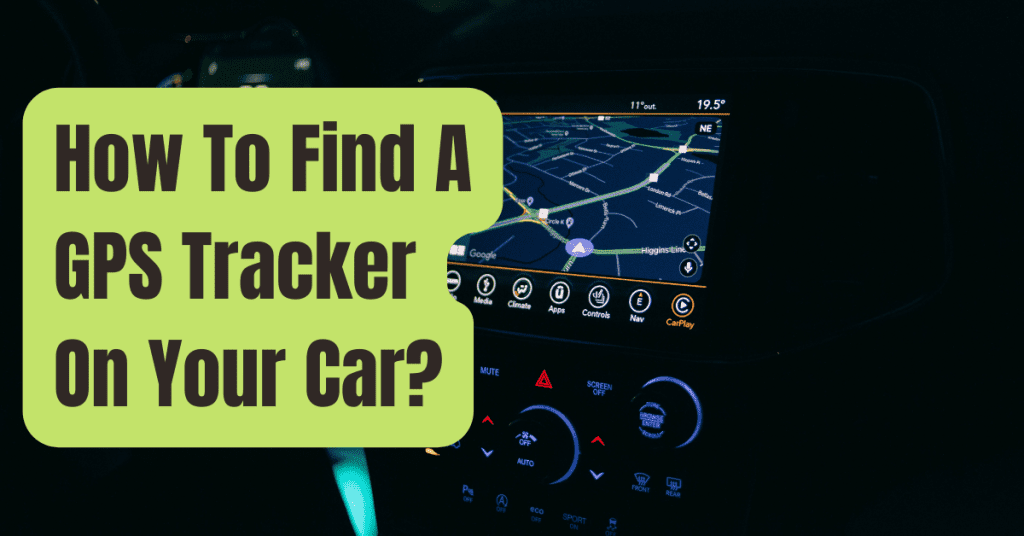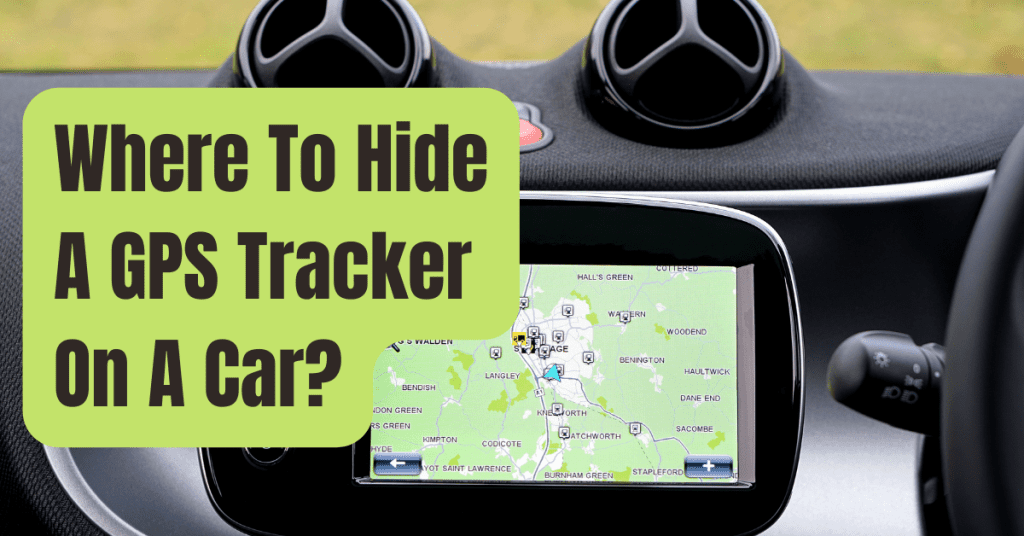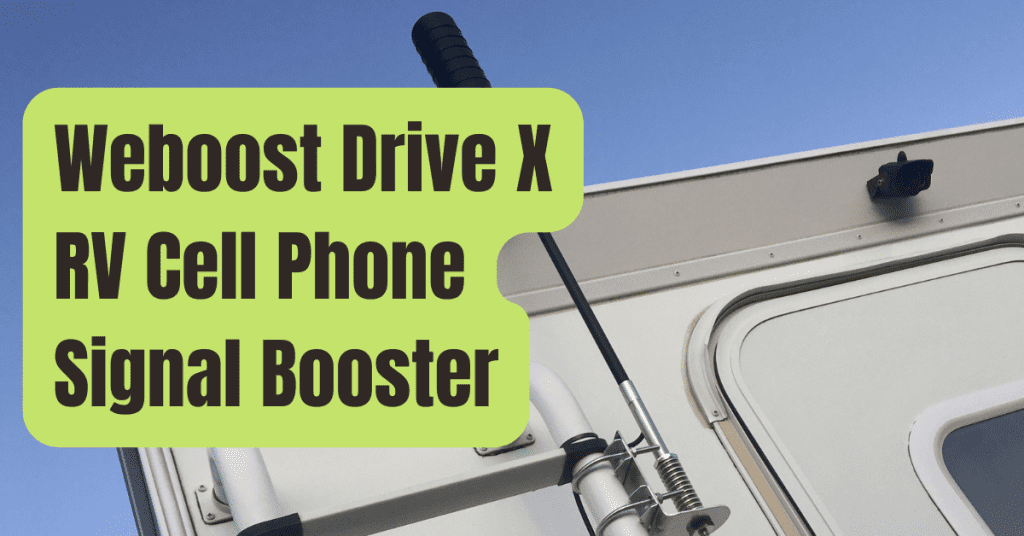If you have digital television, installing a digital antenna is a simple operation.
Analog antennas formerly utilized the same sort of coaxial connection as digital antennas use.
If you’ve ever put up an analog TV antenna, the setup procedure will be quite familiar to you.
Do you have a vintage analog television? A digital antenna may still be used, but you must first attach a DTV converter box to your television.
On your analog television, you will be able to view digital television channels.
Here’s how to put a digital antenna together:
1. Choose a suitable spot for your digital antenna and install it.

Tip: Some digital antennas are designed to be mounted on the roof or in the attic. Others may be placed on a shelf near your television or suction-mounted to a window.
2. Locate your television’s coaxial antenna input.

3. Connect the antenna input to the antenna.

Important: If you have cable internet or cable television and use an exterior or attic antenna, do not connect your attic or external digital antenna to your home’s internal coaxial system. Between the antenna and your television, you’ll need to run a new coaxial cable.
Related: How To Improve TV Antenna Signal?
4. If you’re using a powered antenna, be sure it’s connected to electricity.

Note: A USB-powered antenna may occasionally be plugged into a USB port on your television. Check that the USB port on your television can give power, since data ports will not offer adequate power.
5. Locate the Settings menu on your television by turning it on.
6. Look for a Cable/Antenna option and choose it.
7. Select an auto-program or channel-scanning option if one is available.
8. Allow your television to browse for channels while you wait.
Note: If your television isn’t picking up the stations you want, go on to the following section for instructions on how to position your antenna.
9. Your digital antenna is now connected to your television.
What Is the Best Way to Get a Digital Antenna Signal?
With a digital antenna, you may receive free over-the-air (OTA) transmissions from local television channels.
Because it’s a free service, all you have to do is attach a digital antenna to your television and search for channels using the settings menu.
If your antenna can pick up any television channels in your region, your television will automatically discover them.
With a poor indoor antenna, you may have problems picking up anything if you aren’t near to any television stations or if your local stations broadcast feeble signals.
To increase your chances of getting channels in such circumstance, it’s critical to put your antenna in the greatest feasible location.
If you’re using a directional antenna, be sure you point it in the appropriate direction.
Here’s how to put a digital antenna in the right spot:
1. Go to the FCC DTV Reception Map, type in your address, then hit the Go button.

2. Each television channel you’re interested in may be accessed by clicking on it.

3. Look at the map to see where the stations are in relation to where you are now.

4. Install your antenna on the side of your home that is closest to the stations you want to listen to. If you’re using a directional antenna, remember to point it in that direction.
5. Check whether you can receive your missing channels by repeating steps 4-8 from the previous section.
6. If you still can’t get the channels you want after relocating the antenna, it’s possible that the stations are too far away, there’s too much interference, or your antenna isn’t powerful enough.
Suggestion: How To Make A TV Antenna?
What’s the Deal With My Digital Antenna Not Receiving Channels?
Several causes may be at play when a digital antenna fails to pick up the typical stations.
The TV stations might be too far away or put out a faint signal, there could be interference, the signal could be obstructed, or your antenna could be too weak.
You may require a strong outdoor antenna instead of an internal antenna if the television stations aren’t near to your area.
If your digital antenna isn’t picking up channels, try the following fixes:
- Make sure your television is digital. Look for terms like “digital-ready” or the initials DTV. If your television was manufactured before 2006, it is most likely analog, and you will require a converter box.
- Make sure your television is tuned to receive signals from your antenna. Your television will not detect any digital OTA channels if you search for channels in cable mode. Make sure it’s set to antenna mode, then search once again.
- Verify that the antenna is properly attached. Check the label on the coaxial connector on your TV to see whether the connection is tight. Some televisions feature both an input and an output, while others have two.
If there is no such label, connect to the antenna-in input, or the number one input if the inputs are numbered. - Your antenna should be repositioned. If you have a directional antenna, try moving it and directing it in the proper direction using the approach mentioned in the preceding section.
- Acquire a stronger antenna. Make certain you’ve chosen the right antenna for your location. You may require a stronger antenna or perhaps an extra roof-mounted antenna if the local television signals are poor.
Recommended: How To Use RV TV Antenna?
FAQs
How can I improve the signal strength of my digital antenna?
A digital television signal may be amplified in a variety of ways.
Use an RG6 coaxial cable instead of RG59, for example, since it is more digitally friendly.
You may also purchase a TV signal booster or adjust the antenna.
What factors should I consider while purchasing a digital antenna?
Determine which kind of HDTV over-the-air antenna is appropriate for your area.
To decide if you need a UHF or VHF antenna, visit the FCC’s DTV Reception Map to discover whether the majority of channels in your location are UHF or VHF.
The antenna should be rated for at least the distance between the transmitter towers that are the farthest away.

